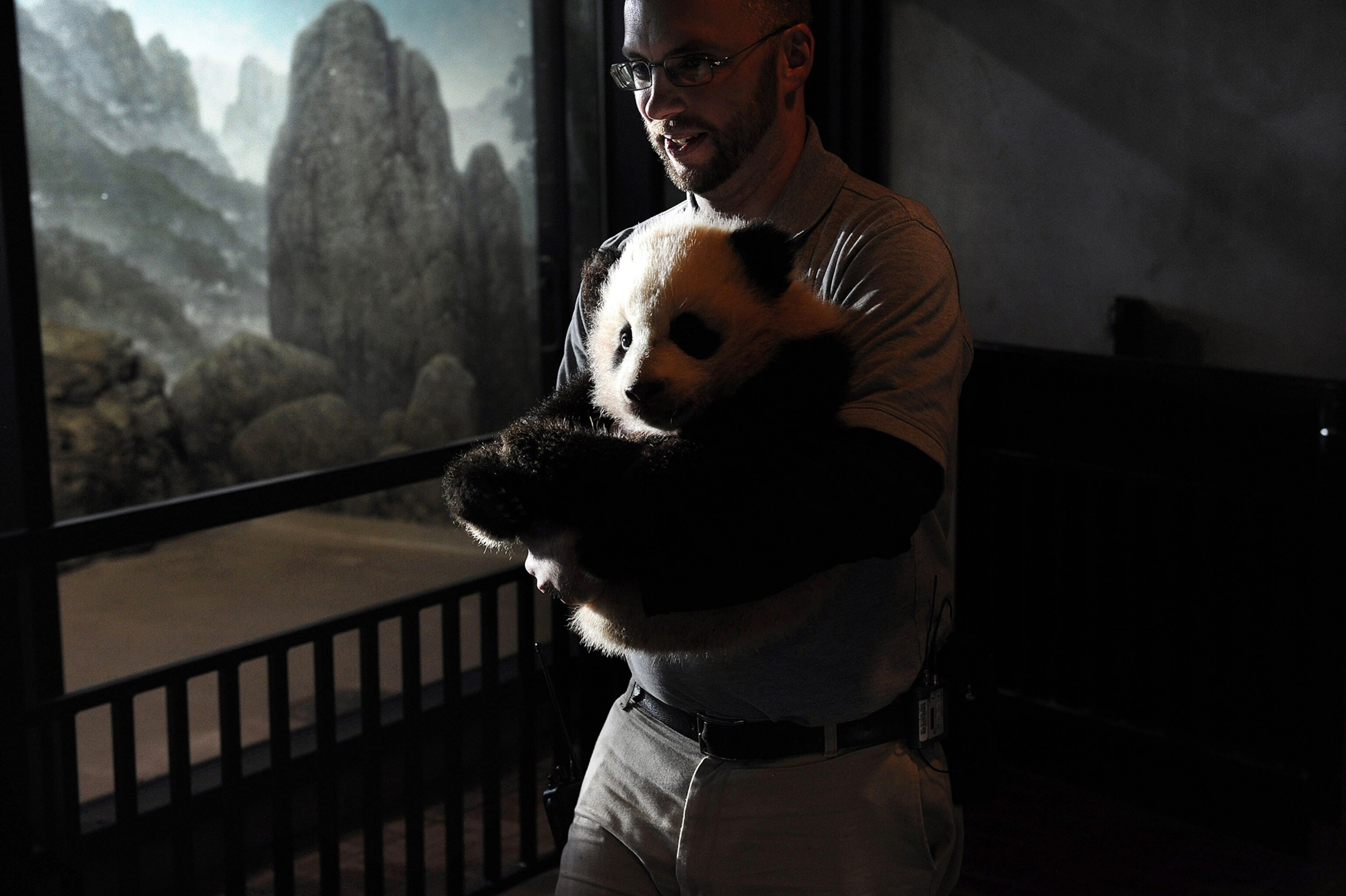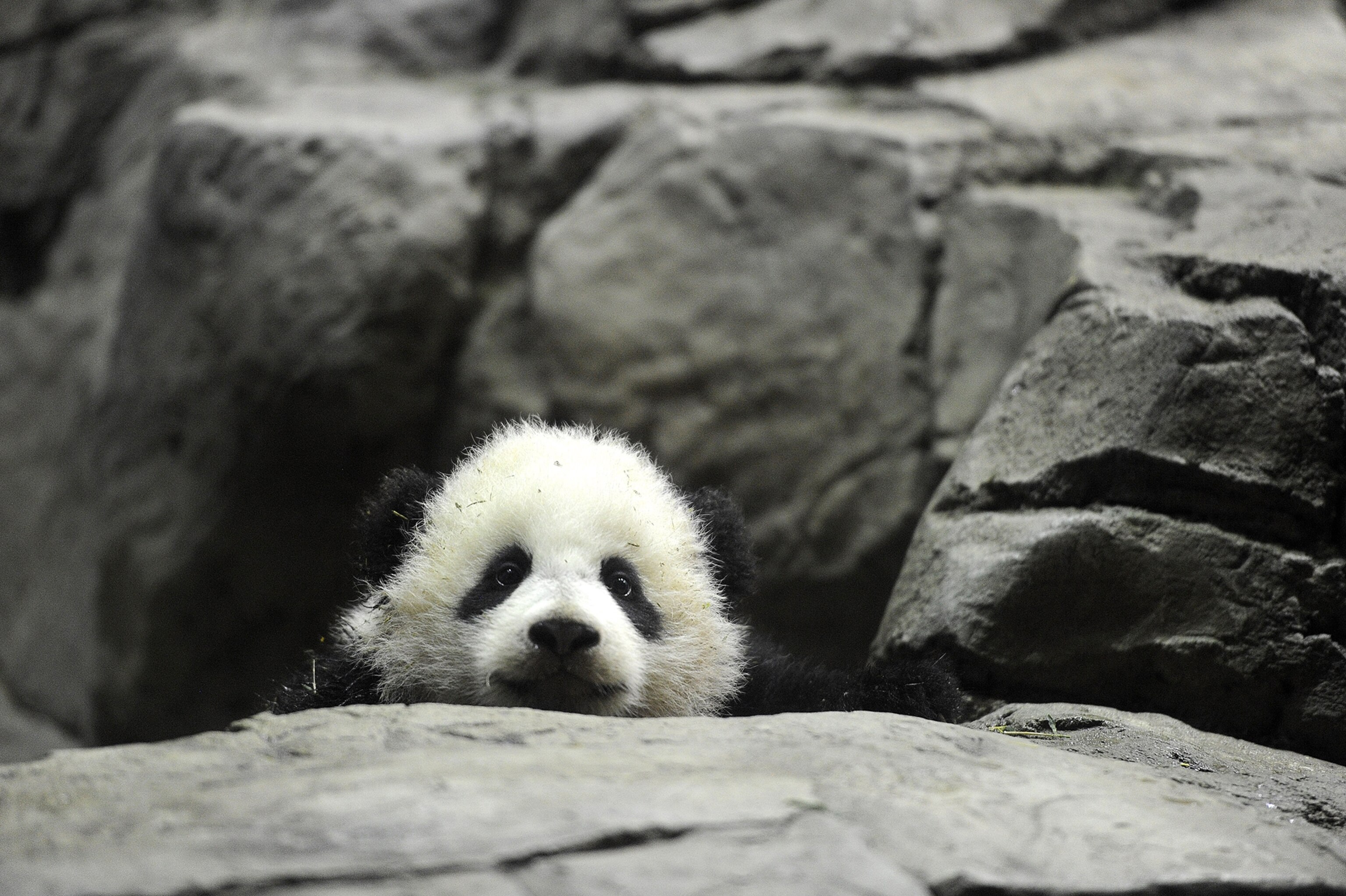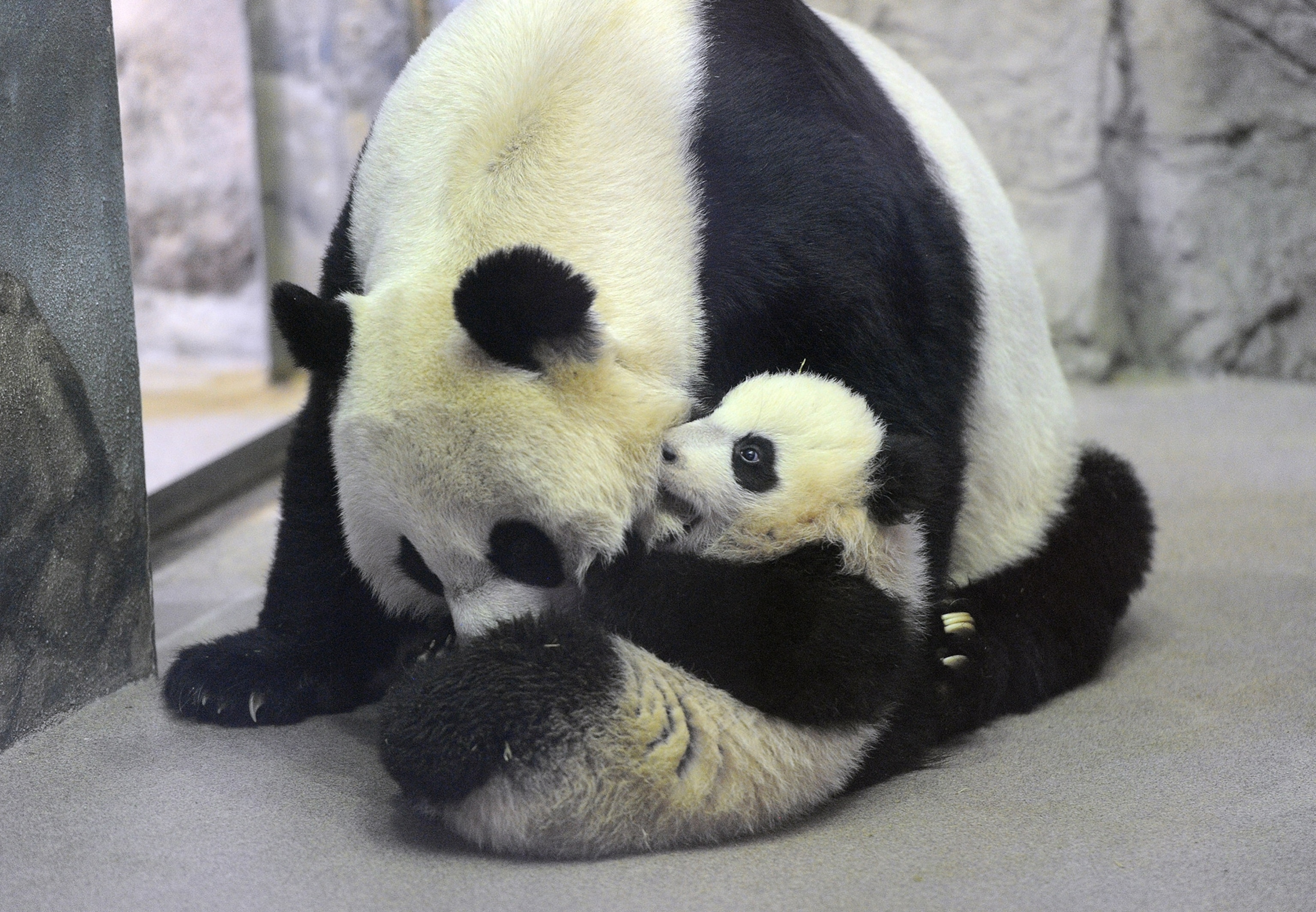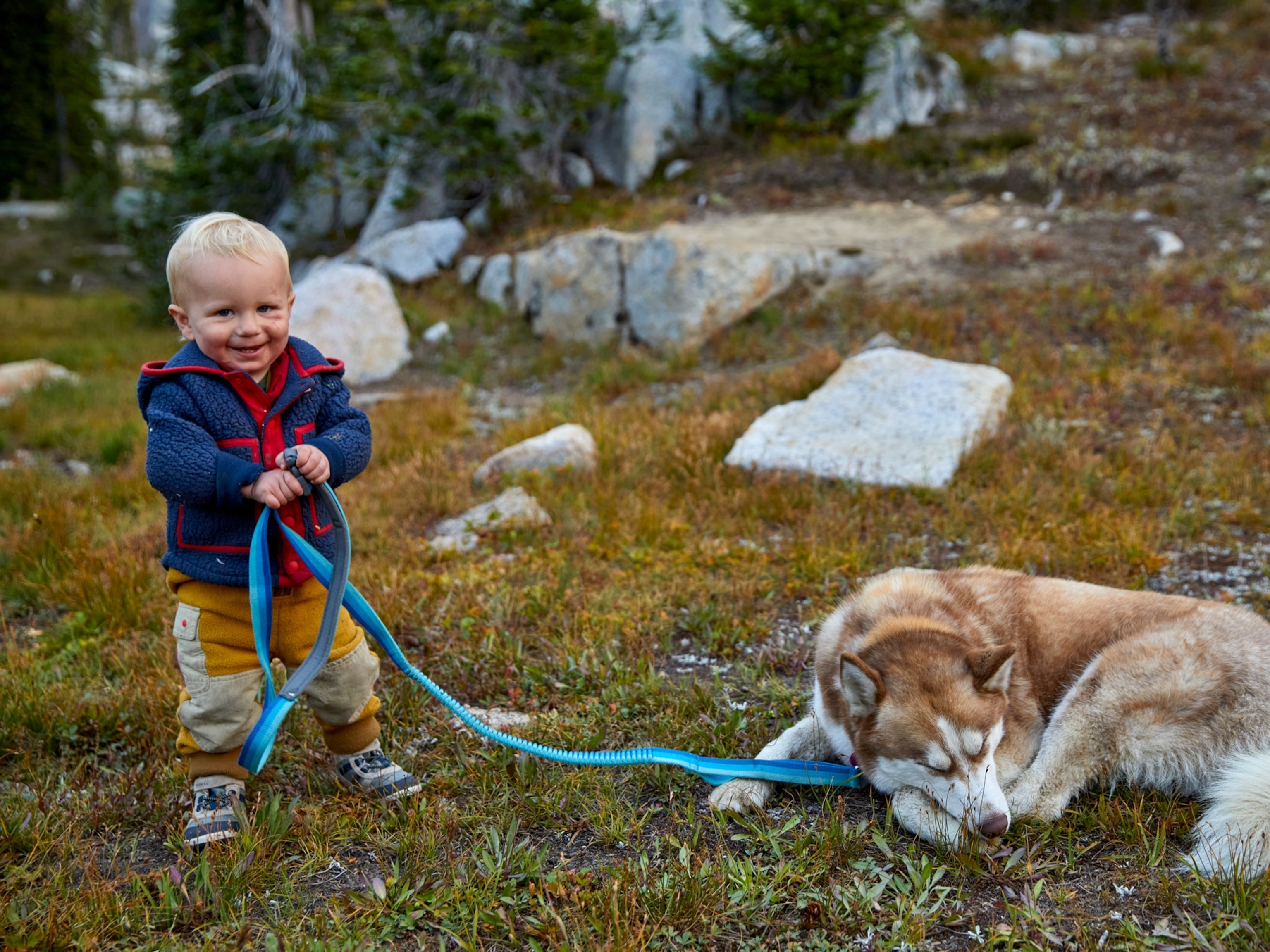
Baby Giant Panda Debuts in D.C.: Why Do We Find It So Cute?
Soft, big-eyed creatures resemble human babies, psychologist says.
Stop the panda presses—Bao Bao the baby giant panda will make her public debut at the Smithsonian's National Zoo in Washington, D.C., on January 18.
Born August 23, 2013, to zoo pandas Tian Tian and Mei Xiang, the reportedly curious cub was named Bao Bao—which means "precious" or "treasure" in Mandarin-by popular vote in December.

If the addictive Panda Cam is any indication, plenty of animal lovers will line up this weekend to see the black-and-white ball of fur up close. Which brings up the question: Why do we like cute baby animals so much? (Also see "Is Breeding Pandas in Captivity Worth It?")
The leading theory is simple: Their features remind us of human babies, said Simon Rego, director of Psychology Training at Montefiore Medical Center/Albert Einstein College of Medicine in New York, in a phone interview.
It turns out that the animals we find cute have characteristics similar to those of infants of our own species: a large head; rounded, soft, and elastic features; big eyes relative to the face; protruding cheeks and forehead; and fuzziness. Kittens and puppies fit this bill, as well as, of course, pandas. (See National Geographic pictures of cute animals.)

Research over several decades has shown that across cultures and races, people consistently point to these same features as being adorable, Rego noted.
Scientists believe this consistency has its roots in our evolution: We're hardwired to respond to human babies with a nurturing reaction. They're helpless beings, and that makes us want to scoop them up and protect them, he said. (Go behind the scenes at a baby photo shoot.)
That impulse in itself evolved because human babies need round-the-clock care from adults in order to survive. The instinct is ingrained in both sexes and even in childless strangers: If someone sees a baby abandoned in a ditch, whether or not they're the parent, they will likely feel an urge to rescue it, he said.

Cute Obsession
This prewired reaction to babies is so powerful, in fact, that it spills over to other species that have the same traits—explaining our obsession with cute creatures.
"The minute we see a face with these features—big eyes, round cheeks—boom, it activates this reaction," Rego said.
He cited a few examples of this in popular culture: In Japanese comics known as manga, artists draw characters with big, weepy eyes when they want to depict sympathy. Subconsciously, they're reminding us of babies and triggering our nurturing instinct. (See "Cute Pictures: Baby Olinguito Found in Colombia.")

Also, there's a reason why zoos and marine parks worldwide see healthy sales of baby stuffed animals in their gift shops, Rego said. The toys are irresistible, making us want to hug and protect them.
"Quite Wonderful" Instinct
Does the fact that adorable animals trigger our baby instinct signal a glitch in our evolutionary machinery?

In a Darwinian, survival-of-the-fittest way, yes—it would drain our resources and time to look after every cute critter we come across, Rego said.
But from a compassionate perspective, "it's actually quite wonderful to take care of and protect things that aren't human.
"One might consider it part of our capacity to love."

Visitors can view Bao Bao from 8 a.m. to 4:30 p.m. from January 18 through January 20. To avoid overcrowding, small groups will be allowed into the panda house on a first-come, first-served basis. For more details visit the National Zoo's giant panda page.





